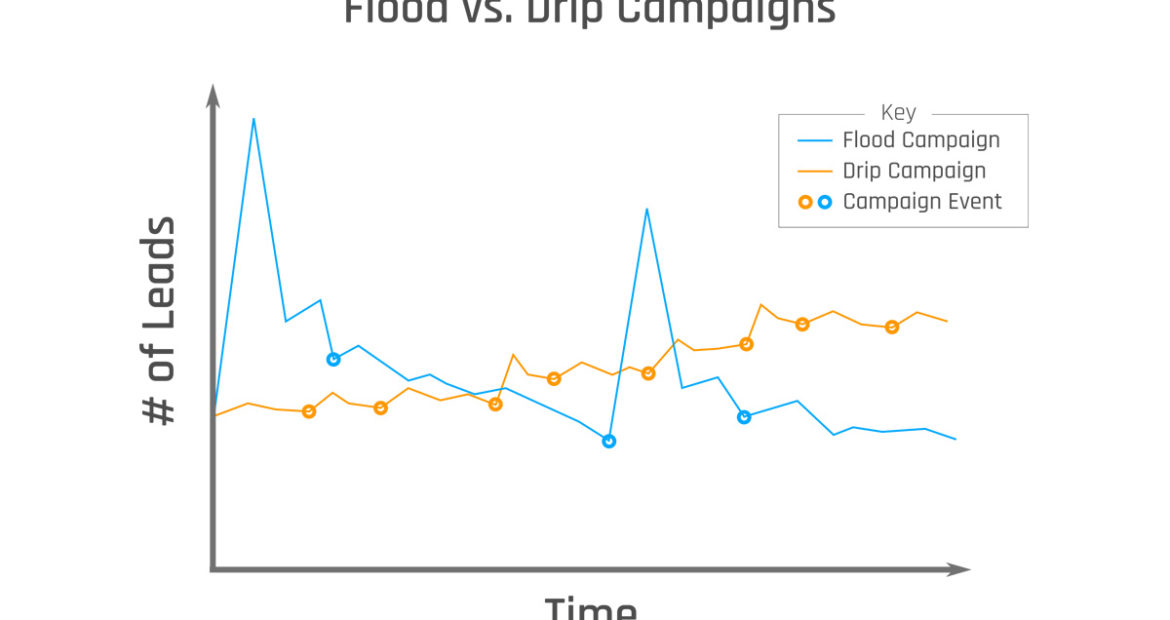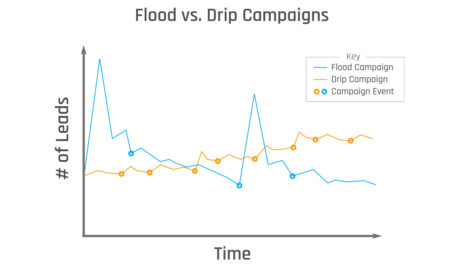When to Drip and When to Turn the Valve:
In planning any kind of strategic marketing campaign we always want to analyze the end-goal from 2 perspectives: First, we identify your risk tolerance and second, are we identify your goals as they pertain to long term viability or short term gains. These are important planning decisions that stems to properly balance your campaigns’ execution. Although the strategy and build-out encompass one side of a successful marketing campaign, proper execution encompass the other. In the end, and by working together, you build a much stronger and more successful run.
But how does risk tolerance factor into the whole marketing paradigm? There is no doubt that marketing is not a be-all, end-all approach, nor does any one company or entity hold the key to unlocking the greatest potential. If someone held the strategy to get the right answer, every time, there would be no more need for marketing. However, like most decisions in business, marketing can be a considerable investment and just like any investment, one must understand their risk tolerance in order to effectively balance inputs and outputs.
A lot of marketing companies situate themselves on a standard model of aggressive input/output, regardless of how much loss can be absorbed. With this model, the most attention is placed on aggressive risk, because that has the ability to generate the highest ROI, and if successful, clients stick with them. If not, clients usually drop out, but in a 50/50 model, this profit/loss ratio balances out as sustainable. However, in most cases, small businesses are more sensitive to this type of approach. Strategic MMC navigates this channel by analyzing your risk tolerance before developing any kind of market strategy, because “what’s your budget” shouldn’t be the first question asked without understanding the goals and strategies already in effect.
The next assessment is your goals in respect of short-term gain, or long-term viability. There is always a heavy draw towards implementing the tsunami of marketing content – but rarely do marketers map out a strategic trajectory through time-based modeling that is intended to project an estimated ROI for each strategy – and what we mean by that is, it’s rare to find anyone who’s actually taken the time to think both strategies through.
If you’re looking to plant roots and grow a tree to maturity to produce a fruitful harvest, you don’t wait until you have a sapling and then flood the area to force substantial growth – no, you carefully and proactively maintain optimum growth conditions, using a steady amount of water over time until you gradually reap the benefits year after year. Sure, there are times when a tsunami is appropriate for short-term gains, but you should carefully weigh that investment over several years to determine which strategy will keep you afloat over time.

